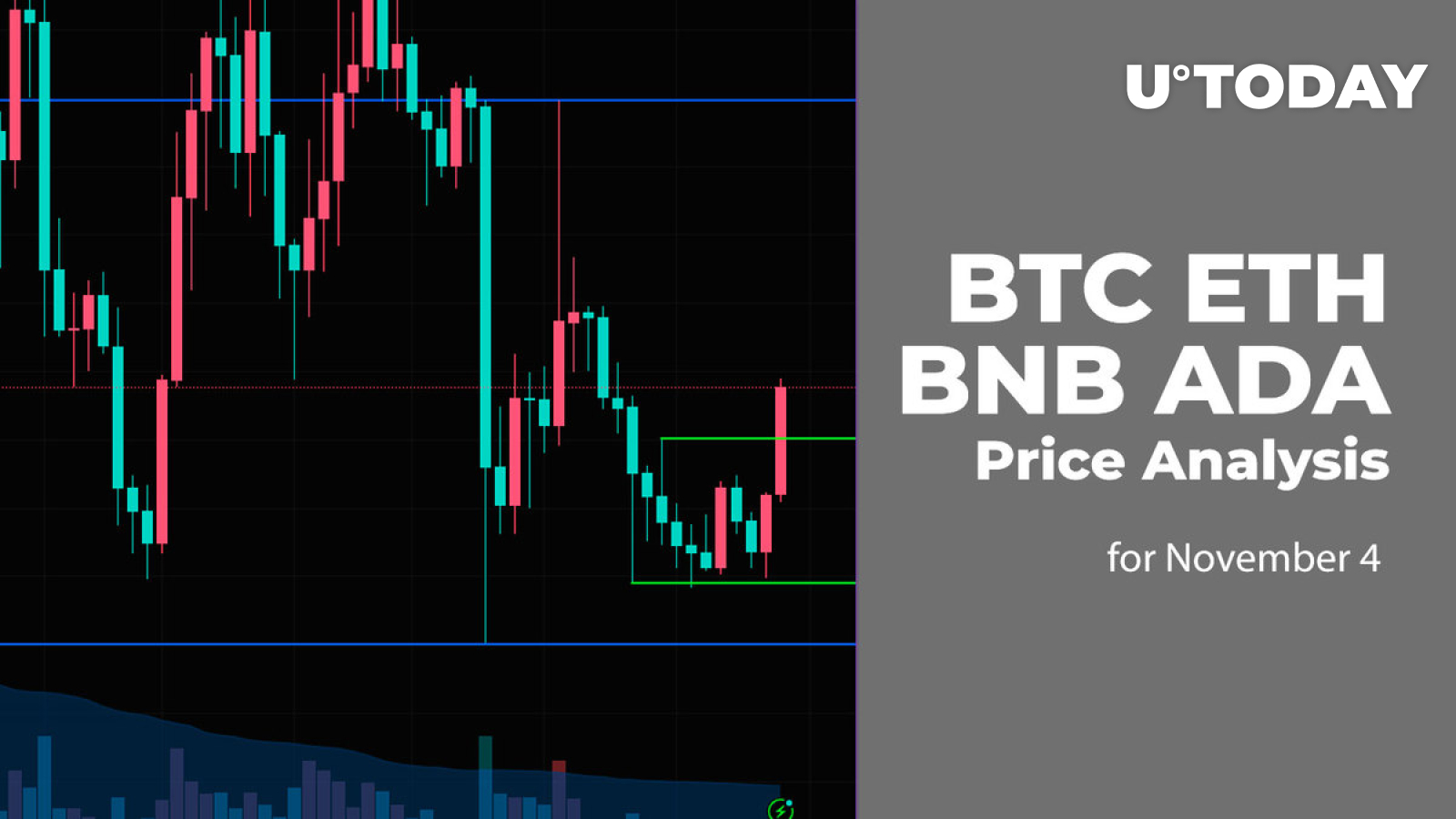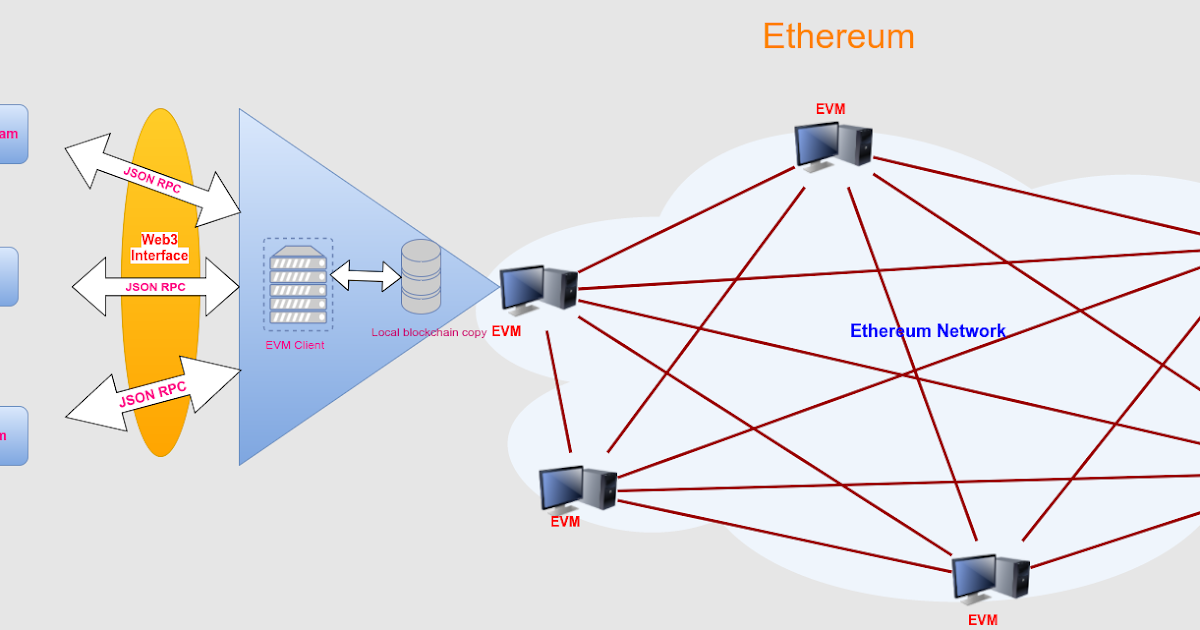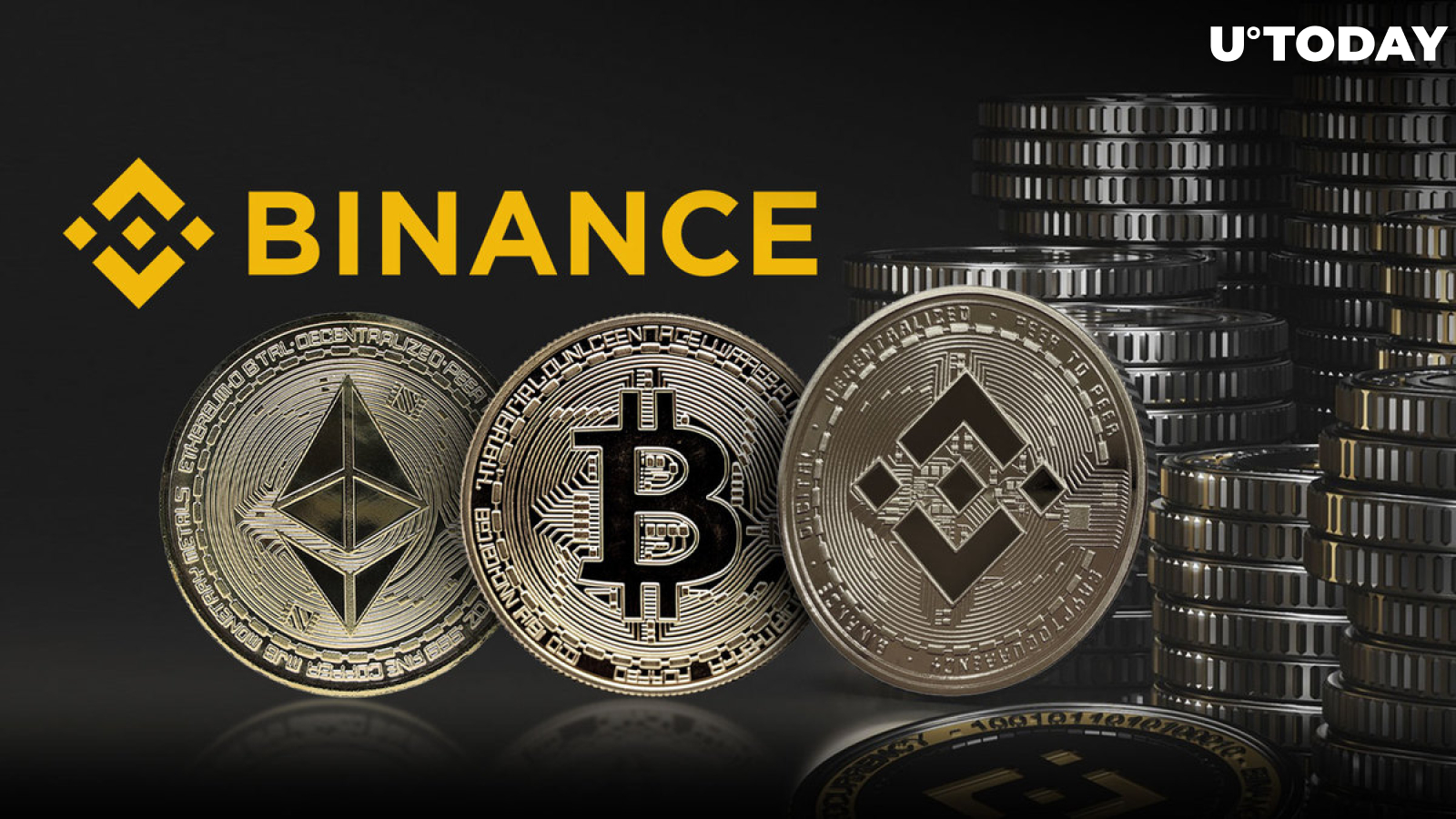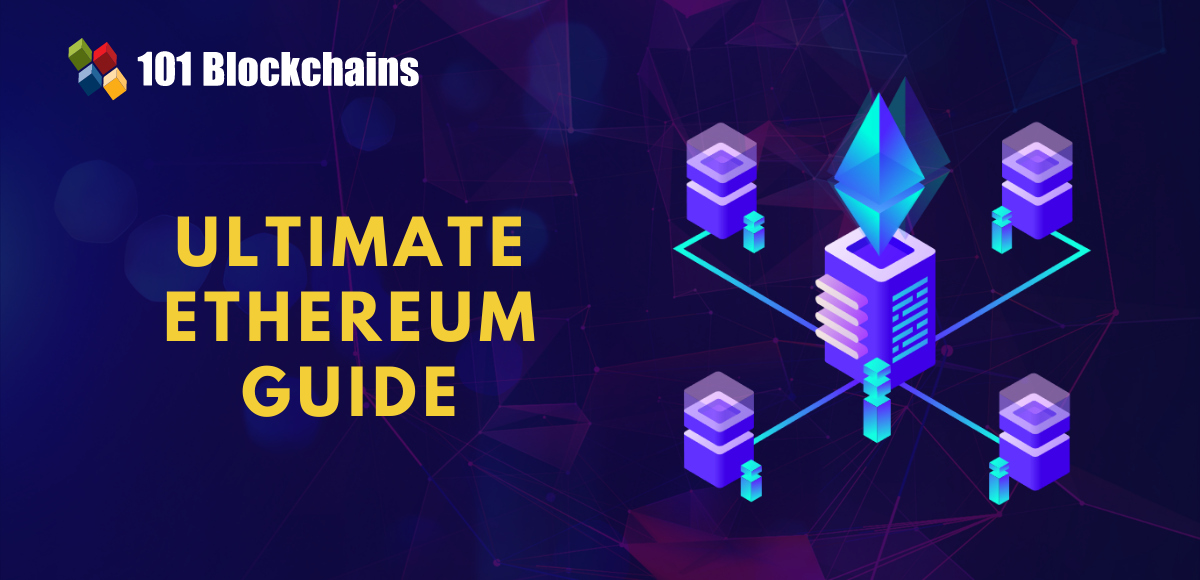How Does Bitcoin Etf Work A Comprehensive Exploration
How does bitcoin etf work sets the stage for this enthralling narrative, offering readers a glimpse into a story that is rich in detail and brimming with originality from the outset. Bitcoin ETFs, or exchange-traded funds, are innovative financial products that allow investors to gain exposure to Bitcoin without directly purchasing the cryptocurrency. Unlike traditional ETFs that track physical assets, Bitcoin ETFs operate in a unique manner, reflecting the complexities and dynamics of the digital currency market while navigating a challenging regulatory landscape.
Introduction to Bitcoin ETFs
Bitcoin ETFs, or Exchange-Traded Funds, are investment vehicles that track the price of Bitcoin and trade on traditional stock exchanges. Unlike traditional ETFs that may track stocks, bonds, or commodities, Bitcoin ETFs specifically focus on the cryptocurrency market, potentially granting investors exposure to Bitcoin's price movements without needing to own the digital currency directly. The primary purpose of these ETFs is to simplify the investment process, making it more accessible for a wider range of investors, from individuals to institutional players.Historically, the journey for Bitcoin ETFs has been filled with regulatory hurdles and market hesitation.
The first Bitcoin ETF proposal was submitted in 2013, but it faced numerous rejections from regulatory bodies such as the U.S. Securities and Exchange Commission (SEC) due to concerns over market manipulation and insufficient investor protection. Over the years, as the cryptocurrency market matured and gained legitimacy, regulatory attitudes began to shift, paving the way for the approval of Bitcoin ETFs in various jurisdictions.
Mechanism of Bitcoin ETFs
Bitcoin ETFs operate by tracking the price of Bitcoin, allowing investors to buy shares of the ETF that represent a portion of Bitcoin holdings. When an investor purchases shares of a Bitcoin ETF, the fund manager buys and holds Bitcoin on behalf of the shareholders. The value of the ETF shares fluctuates with Bitcoin's market price, providing an easy way for investors to gain exposure to Bitcoin without the complexities of wallet management or security issues.The storage and management of Bitcoin within an ETF structure is a critical aspect.
Typically, a Bitcoin ETF will store Bitcoin in secure wallets, often using a combination of cold storage and hot wallets to balance accessibility and security. The performance of the ETF is directly impacted by Bitcoin's price fluctuations, meaning that when Bitcoin's value rises or falls, the ETF's value will reflect those changes. For example, if Bitcoin experiences a 10% increase in value, the ETF's share price is likely to increase similarly, making it an attractive option for speculators.
Types of Bitcoin ETFs

There are two primary types of Bitcoin ETFs: physical and futures-based ETFs. Physical Bitcoin ETFs directly hold actual Bitcoin, while futures-based ETFs invest in Bitcoin futures contracts that speculate on the future price of Bitcoin.
Physical Bitcoin ETFs
These funds acquire and hold Bitcoin, ensuring that each share corresponds to a specific amount of Bitcoin. This structure offers direct exposure to Bitcoin’s price movements but also involves significant security and storage considerations.
Futures-based Bitcoin ETFs
Instead of holding Bitcoin directly, these ETFs rely on futures contracts. This type can be more volatile due to the influence of market speculation on futures pricing.Each type of ETF has its own pros and cons:
Pros of Physical Bitcoin ETFs
Direct ownership of Bitcoin.
Simplicity in price tracking.
Cons of Physical Bitcoin ETFs
Higher costs associated with storage and insurance.
Regulation on Bitcoin custody.
Pros of Futures-based Bitcoin ETFs
Potential for high leverage and returns.
Reduced need for robust security measures.
Cons of Futures-based Bitcoin ETFs
Subject to contango/backwardation issues.
Less direct representation of Bitcoin’s actual price.
Here’s a comparison table summarizing the key features:
| Feature | Physical Bitcoin ETF | Futures-based Bitcoin ETF |
|---|---|---|
| Ownership | Direct | Indirect (futures contracts) |
| Volatility | Less volatile | More volatile |
| Management Complexity | Higher (storage/security) | Lower |
| Regulatory Scrutiny | High | Moderate |
Regulatory Framework Surrounding Bitcoin ETFs
Regulatory bodies play a crucial role in approving Bitcoin ETFs, ensuring that these investment products adhere to strict compliance standards. In the United States, the SEC has been central to the approval process, focusing on issues like investor protection, market manipulation, and the overall integrity of the financial system. Before an ETF can launch, it must demonstrate that it meets these rigorous requirements.Compliance for Bitcoin ETFs involves implementing measures to safeguard investors and maintain transparency.
Fund managers must regularly report their holdings, provide detailed disclosures, and establish procedures to prevent fraud. Countries like Canada have successfully established frameworks allowing Bitcoin ETFs to operate, setting precedents that could influence future regulatory decisions globally.
Risks and Considerations of Investing in Bitcoin ETFs

Investing in Bitcoin ETFs comes with inherent risks. One of the most significant concerns is market volatility; Bitcoin is known for its price swings, which can lead to substantial gains or losses in ETF investments. Understanding the price movements of Bitcoin and their potential impact on ETF prices is crucial for investors.Additionally, due diligence is essential when considering Bitcoin ETFs.
Investors should assess the fund's management team, regulatory compliance, and the underlying assets. Recognizing the risk factors, including the potential for loss, is paramount for making informed investment decisions.
Advantages of Bitcoin ETFs for Investors
Investing in Bitcoin through ETFs offers several advantages compared to direct purchases. For starters, ETFs simplify the investment process, allowing investors to trade on traditional exchanges just like stocks. This accessibility means that investors do not need to navigate complicated cryptocurrency exchanges or worry about the security of their holdings.Tax implications can also be favorable for ETF investors. In many jurisdictions, capital gains from ETFs may be taxed differently than those from directly owning cryptocurrencies, potentially leading to tax efficiencies.Moreover, Bitcoin ETFs provide a diversification strategy within a broader investment portfolio.
By including Bitcoin ETFs, investors can balance risk and potentially enhance returns through exposure to the growing cryptocurrency market.
Future of Bitcoin ETFs
Looking ahead, trends indicate a growing acceptance and integration of Bitcoin ETFs within the broader financial landscape. Innovations in the cryptocurrency space and evolving regulatory frameworks are likely to drive the development of new ETF products tailored to investors' changing needs.Possible innovations in Bitcoin ETF offerings may include:
- Integration of additional cryptocurrencies alongside Bitcoin.
- Launch of themed ETFs focused on blockchain technology.
- Development of multi-asset ETFs combining cryptocurrencies and traditional assets.
As the financial industry adapts to the expanding digital economy, Bitcoin ETFs are poised to become an essential component of modern investment strategies.
Last Point

In summary, the intricacies of how bitcoin etf work reveal a fascinating intersection of technology, finance, and regulatory oversight. As the market evolves, these investment vehicles are poised to shape the future of Bitcoin investing, offering unique opportunities while also presenting their own set of risks and considerations. Whether you are a seasoned investor or just starting out, understanding Bitcoin ETFs is essential for navigating this exciting landscape.
FAQ Corner
What are the main benefits of investing in a Bitcoin ETF?
Investing in a Bitcoin ETF provides investors with easier access to Bitcoin exposure, simplified tax implications, and the ability to trade on traditional stock exchanges.
How does a Bitcoin ETF handle Bitcoin custody?
A Bitcoin ETF typically engages a trusted custodian to securely hold the Bitcoin, ensuring that the digital assets are protected from theft or loss.
Can Bitcoin ETFs be traded on regular stock exchanges?
Yes, Bitcoin ETFs are designed to be traded on standard stock exchanges, making them accessible to a broader range of investors compared to direct Bitcoin purchases.
What happens if Bitcoin’s price drops significantly?
If Bitcoin's price drops, the value of the Bitcoin ETF will likely decrease as well, reflecting the volatility inherent in the cryptocurrency market.
Are there any tax benefits to investing in Bitcoin ETFs?
Yes, investing in Bitcoin ETFs may offer tax advantages, such as the ability to defer capital gains taxes until the shares are sold, unlike direct Bitcoin investments which might trigger taxes upon each transaction.













